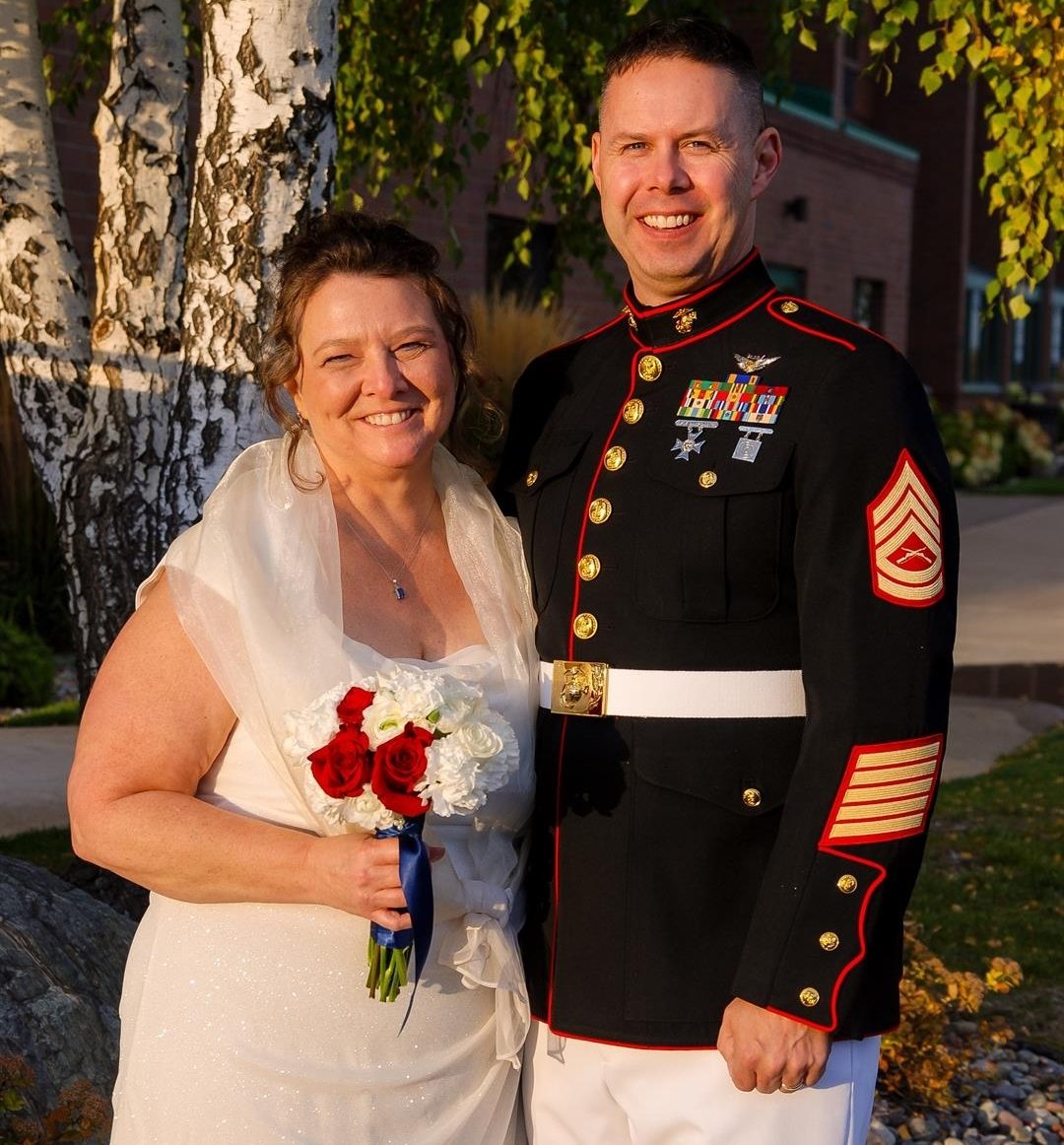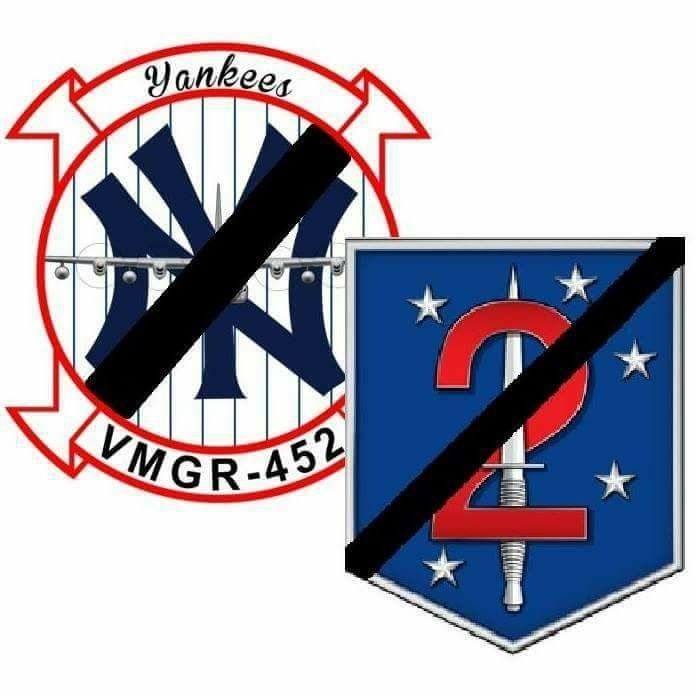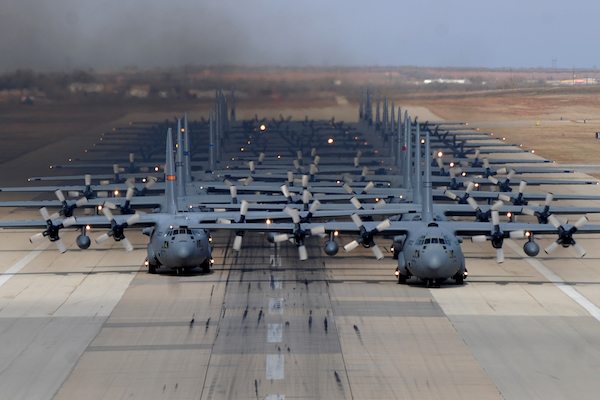Fifteen Marines and a Navy corpsman were killed on July 10th when their KC-130-Transport crashed in a field in Mississippi, the deadliest crash for the USMC in over a decade. The plane was traveling from the Marine Corps Air Station Cherry Point, in North Carolina, towards the Naval Air Field El Centro, California, carrying members of the Marine Special Operations unit 2nd Marine Raider Battalion. The Special Operations unit was to ultimately deploy to an insertion training exercise in Yuma, Arizona.
Of the 16 dead, 6 were from the 2nd Marine Raider Battalion, out of Camp Lejeune, with the sailor being attached to the unit. All of the MARSOC members were in their early to mid 30s and largely experienced veterans from, among others, the Iraqi and Afghan theaters. The remainder of the crew, including pilots, were from the Marine Aerial Refueling and Transport Squadron (VMGR) 452, Marine Air Group-49, 4th Marine Aircraft Wing, Marine Forces Reserve. MARSOC does not have any native aircraft assigned to its units and often travel aboard Reserve unit aircraft.
Brig. Gen. Bradley S. James, commanding general, 4th Marine Aircraft Wing, Marine Forces Reserve, will hold a press conference today in Itta Bena, Mississippi to address the crash. Mississippi Department of Public Safety Commissioner, Marshall L. Fisher, will also speak.
“The identities of the service members whose lives were lost in this tragic accident are being withheld to allow time for their loved ones to be notified,” said Marine Maj. Clark Carpenter in a statement on the crash Tuesday morning. The military has yet to reveal the cause of the crash, but the Marines said that they are investigating in a statement.
The MARSOC family is providing full measure of support & assistance to the families and teammates of our Raiders. IDs w/held pend. NOK. 2/2
— MARSOC (@MARSOCofficial) July 11, 2017
While DOD has yet to officially release the names of those lost, the family of Gunnery Sgt. Brendan Johnson reached out to WCAX out of Vermont. “He was looking forward to retirement next year. He said it was time to move on and let some of the other kids take over,” said Kevin Johnson, his father. Johnson reportedly loved his job and leaves behind his wife of 16 years.

The deaths follow several crashes within the last several years, which include a January 2016 helicopter collision in Hawaii, killing 12 Marines, and a March 2015 crash when seven MARSOC members, along with four Louisiana Guardsmen, died after the air crew of a UH-60 Black Hawk experienced dense fog during a night training exercise near Eglin Air Base, Florida. The last time more than 16 people died in a USMC aviation incident was on Jan. 26, 2005, when 31 died in a crash in al-Anbar Province in Iraq, according to a U.S. Naval Institute report. It was the deadliest day for the Americans in the Iraq War up to that point.
Marine Corps spokeswoman Capt. Sarah Burns told USNI News that the KC-130 “has one of the lowest mishap rates of all Marine Corps aircraft,” with only three in-flight mishaps over the past 15 years, including the crash on July 10th. It is considered among the safest of its type in use today.
Reportedly, as the plane was traveling at 20,000 feet over airspace west of Itta Bena, Mississippi, a large explosion midair caused the plane to experience an “uncontrollable descent”. By all accounts, the aircraft managed to largely retain its structural integrity, and crash landed in a soybean field. Despite the relative structural integrity of the downed plane, reports are that bodies were found strewn across US Highway 82, more than a mile from the ultimate crash site.
Have mercy. Here's footage of the USMC KC-130 crash tonight in Mississippi | via KXAN | At least 5 confirmed dead. pic.twitter.com/e0RwnJw4NI
— Andrew deGrandpré (@adegrandpre) July 11, 2017
The explosion appears to have happened suddenly, as reports indicate that there was no emergency distress radio communication with air traffic controllers in Memphis Tennessee, before the explosion. During its uncontrollable descent, all radio communication ceased. The plane went into a downwards spiral.
Upon crashing into the field, the plane became fully engulfed in flames. Local firefighters arrived shortly, but were unable to approach the flight due to the intense heat and an explosion that appears to have occurred on the fuselage of the left hand side wing. For hours, the plane burned, with small explosions occurring, and a thick black smoke which was visible for miles. The local and regional firefighters were only able to control the fire enough so that it would not spread. The plane continued to burn until after dusk.
The KC-130T belonged to the reserve unit Marine Aerial Refueler Transport Squadron 452 (VMGR-452), nicknamed the “Yankees”, stationed out of the Stewart Air National Guard Base, in Newburgh, New York.

The KC-130T, a model that was built from 1983 to 1995, is currently being phased out in favor of the newer KC-130J. At the present, only the Yankees still use the KC-130T, with 14 of the aircraft still in active service.
“These birds are not so old that they need to be retired — at least, from the mechanic’s point of view,” said Alan Stinar in an interview with the New York Times. Stinar is a former Marine sergeant and worked for 10 years as a Marine mechanic on KC-130s. “These planes are extremely reliable, and we harp on their safety.”
People have been showing their support, and expressing condolences outside of Stewart Air National Guard Base by placing flowers outside of the gates. On the road next to the soybean field, local mourners have placed rows of flowers to show their support.
An Explosive Ordnance Disposal team was ordered to the scene as a precaution in the interest of safety. The FBI is currently heading the investigation of the crash.
LIMA CHARLIE NEWS, NEW YORK BUREAU, with John Sjoholm
Lima Charlie provides global news, insight & analysis by military veterans and service members Worldwide.
For up-to-date news, please follow us on twitter at @LimaCharlieNews







![Image Memorial Day may soon be a remembrance of democracy and those who had the courage to defend it [Lima Charlie News]](https://limacharlienews.com/wp-content/uploads/2018/05/Memorial-Day-may-soon-be-a-remembrance-of-democracy-and-those-who-had-the-courage-to-defend-it-Lima-Charlie-News-480x384.png)
![The Mind of Bolton - AUMF and the New Iran War [Lima Charlie News]](https://limacharlienews.com/wp-content/uploads/2019/05/Inside-the-mind-of-Bolton-Lima-Charlie-News-main-01-480x384.png)

